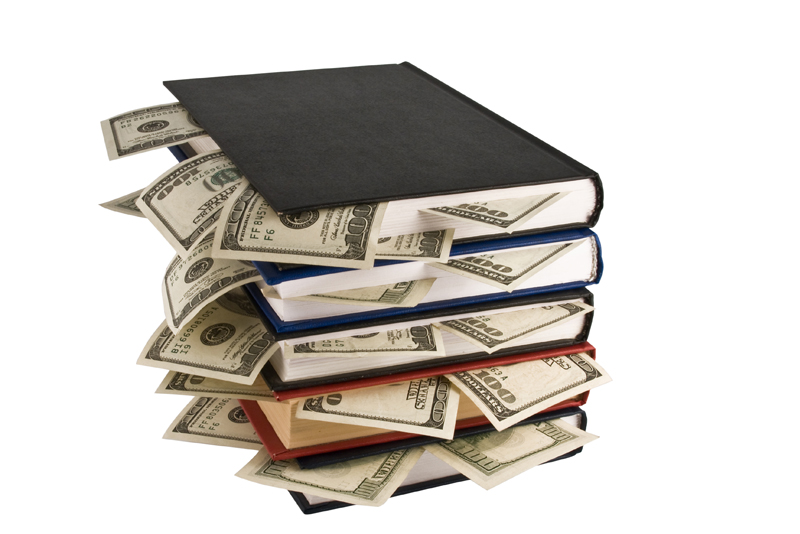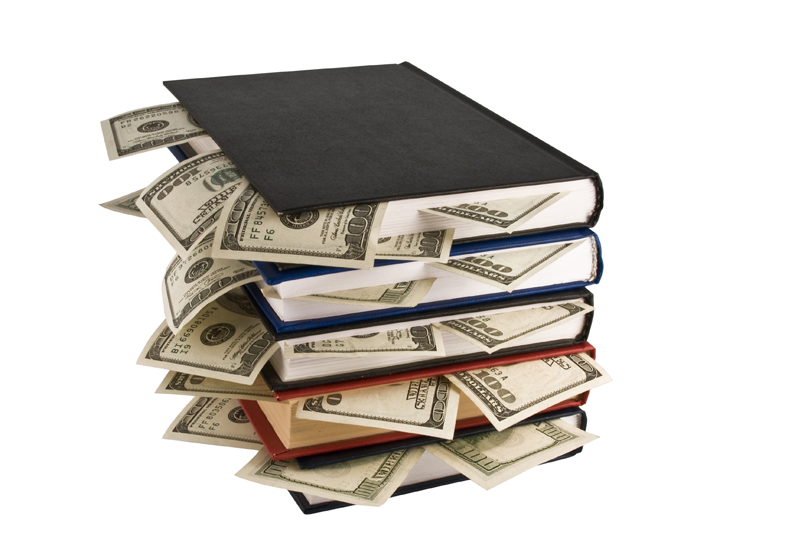Track Your Spending

Do you know where your money is going? Tracking your spending is crucial to managing your money. Out of control spending and spending too much in the wrong areas can derail your financial life. Simply tracking spending can greatly improve your finances.
How does keeping track of spending help? First, it shows you how much money is being spent. This can be compared to your yearly income. This way you can see if you are staying within your income or overspending.
Next, tracking spending can show you where you spend your money. This provides a better understanding of where you spend too much. Perhaps you stay within your budget but spend a lot on a certain non-essential category. You may choose to use some of that money for savings instead. You may never have realized where you spent unnecessarily without tracking.
Third, tracking is important for budget planning. A budget is a useful tool for managing your money. You need to know where your money goes before you can prepare a budget. Tracking provides the answers to what you spend. You can plug that information into a budget and adjust accordingly.
It may seem daunting to track your spending. There are several methods that you can use. They range from fairly simple to more complex.
You can use the tried and true pen and paper method. A small notebook, or slips of paper, kept with you can be used to track cash expenses. Either write down the total cash spent for each transaction, or record an item description and the total.
Your smartphone can be used in much the same way. Several apps exist to help you with expenses. One of them is Expensify. With Expensify, you can scan in your store receipts, making it easier to track your expenses.
Don't use cash? Credit cards make it easy to keep track of spending. Your credit card statements list all your transactions for the month. The only problem is that they do not itemize so you may need to make a note on paper or in your smartphone regarding the items purchased. This is not necessary for simple tracking, but if you are planning a budget, the extra step will make that easier.
Checks are easy to keep track of if you record in your checkbook as you make out each check. Just add a note as to what the purchased items included. Checkbook records are a huge help in budgeting.
All this data can be plugged into a spreadsheet or recorded on a site like mint.com. This provides a convenient record of spending. You can keep a record with pen and paper as well.
How often should you track spending? Ideally, you want to track for a long enough time to get a good idea of your spending patterns. One month is the shortest time frame recommended. It would be better to track for six months, or even a year. The reason being that you miss one-time big expenses by tracking only for a month.
You may want to track for a month twice a year. Then check your credit card statements or checkbook record for big one-time payments such as homeowner's insurance or taxes. This will give a fairly good idea of spending.
One side benefit to tracking spending is that many people find they begin to spend less. Somehow just the act of tracking makes many people adjust and rethink some purchases. Either way tracking spending can be very beneficial to your financial life.
How does keeping track of spending help? First, it shows you how much money is being spent. This can be compared to your yearly income. This way you can see if you are staying within your income or overspending.
Next, tracking spending can show you where you spend your money. This provides a better understanding of where you spend too much. Perhaps you stay within your budget but spend a lot on a certain non-essential category. You may choose to use some of that money for savings instead. You may never have realized where you spent unnecessarily without tracking.
Third, tracking is important for budget planning. A budget is a useful tool for managing your money. You need to know where your money goes before you can prepare a budget. Tracking provides the answers to what you spend. You can plug that information into a budget and adjust accordingly.
It may seem daunting to track your spending. There are several methods that you can use. They range from fairly simple to more complex.
You can use the tried and true pen and paper method. A small notebook, or slips of paper, kept with you can be used to track cash expenses. Either write down the total cash spent for each transaction, or record an item description and the total.
Your smartphone can be used in much the same way. Several apps exist to help you with expenses. One of them is Expensify. With Expensify, you can scan in your store receipts, making it easier to track your expenses.
Don't use cash? Credit cards make it easy to keep track of spending. Your credit card statements list all your transactions for the month. The only problem is that they do not itemize so you may need to make a note on paper or in your smartphone regarding the items purchased. This is not necessary for simple tracking, but if you are planning a budget, the extra step will make that easier.
Checks are easy to keep track of if you record in your checkbook as you make out each check. Just add a note as to what the purchased items included. Checkbook records are a huge help in budgeting.
All this data can be plugged into a spreadsheet or recorded on a site like mint.com. This provides a convenient record of spending. You can keep a record with pen and paper as well.
How often should you track spending? Ideally, you want to track for a long enough time to get a good idea of your spending patterns. One month is the shortest time frame recommended. It would be better to track for six months, or even a year. The reason being that you miss one-time big expenses by tracking only for a month.
You may want to track for a month twice a year. Then check your credit card statements or checkbook record for big one-time payments such as homeowner's insurance or taxes. This will give a fairly good idea of spending.
One side benefit to tracking spending is that many people find they begin to spend less. Somehow just the act of tracking makes many people adjust and rethink some purchases. Either way tracking spending can be very beneficial to your financial life.
You Should Also Read:
Easy Ways to Save on Groceries

Related Articles
Editor's Picks Articles
Top Ten Articles
Previous Features
Site Map
Content copyright © 2023 by Sandra Baublitz. All rights reserved.
This content was written by Sandra Baublitz. If you wish to use this content in any manner, you need written permission. Contact Sandra Baublitz for details.



